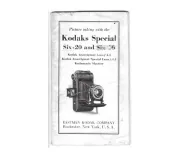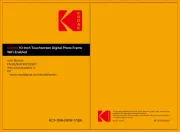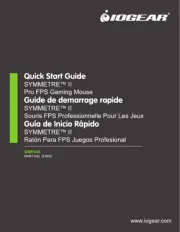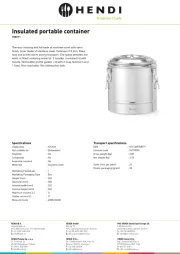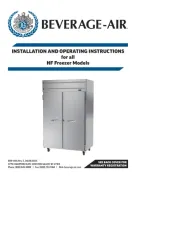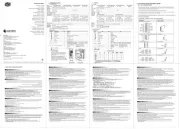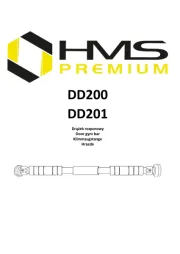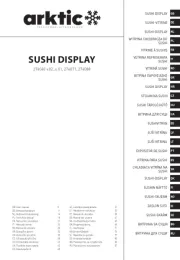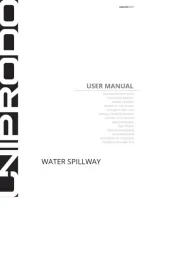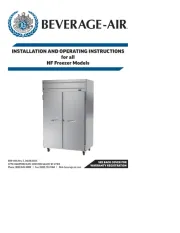©Eastman Kodak Company, 1997
TECHNICAL DATA / COLOR NEGATIVE FILM July 1997 • E-4L
A-009 Month 19 96
KODAK PROFESSIONAL
PRO IMAGE 100 Color Negative Film
DESCRIPTION
KODAK PROFESSIONAL PRO IMAGE 100 Color
Negative Film is a medium speed (EI 100) film that features
high color saturation, accurate color and pleasing skin-tone
reproduction, and good underexposure latitude. It is intended
for portrait and social applications, and can be stored at room
temperature—even in hot, humid climates. Its printing
characteristics are similar to those of KODAK GOLD Films
to help simplify printing for photofinishers.
DARKROOM RECOMMENDATIONS
Do not use a safelight. Handle unprocessed film in total
darkness.
STORAGE AND HANDLING
Load and unload your camera in subdued light.
Store unexposed film at room temperature. For best
results, store film at 21°C (70°F) or lower, and process film
as soon as possible after exposure.
Protect negatives from strong light, and store them in a
cool, dry place. For more information about storing
negatives, see KODAK Publication No. E-30, Storage and
Care of KODAK Photographic Materials—Before and After
Processing.
FEATURES BENEFITS
• Outstanding flesh-tone
reproduction, color
accuracy, and saturation
• The film of choice for
portrait and social
photographers
• Intended for room-
temperature storage • No need for refrigerated
storage
• Excellent latent-image-
keeping characteristics • Excellent consistency
• Excellent processing
robustness
• Printing characteristics
similar to those of
KODAK GOLD Films
• Can be printed on the same
channel as the family of
KODAK GOLD Films
EXPOSURE
Exposure Compensation
Use the filter recommendations and exposure adjustments in
the table below under uniform lighting.
Daylight
Use the exposures in the table below for average frontlit
subjects from two hours after sunrise to two hours before
sunset.
Light Source
KODAK
WRATTEN
Gelatin Filter*
* For best results without special printing.
Exposure
Adjustment
Daylight or Electronic Flash None None
Photolamp (3400 K) No. 80B +12⁄3 stops
Tungsten (3200 K) No. 80A +2 stops
Lighting Conditions Shutter Speed
(second)
Lens
Opening
Bright or Hazy Sun on
Light Sand or Snow 1/125 f/16
Bright or Hazy Sun
(Distinct Shadows) 1/125 f/11*
* Use f/5.6 for backlit close-up subjects.
Weak, Hazy Sun
(Soft Shadows) 1/125 f/8
Cloudy Bright
(No Shadows) 1/125 f/5.6
Heavy Overcast or Open
Shade†
† Subject shaded from the sun, but lighted by a large area of clear sky.
1/125 f/4

